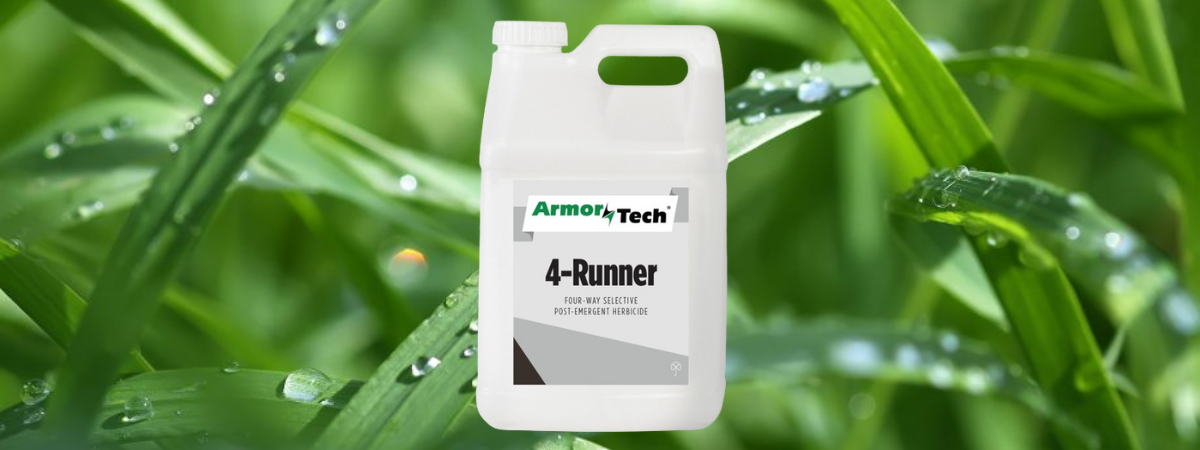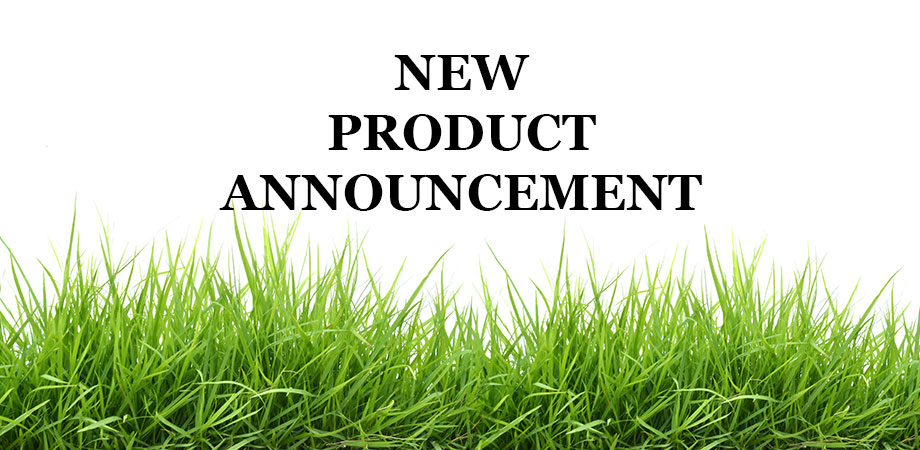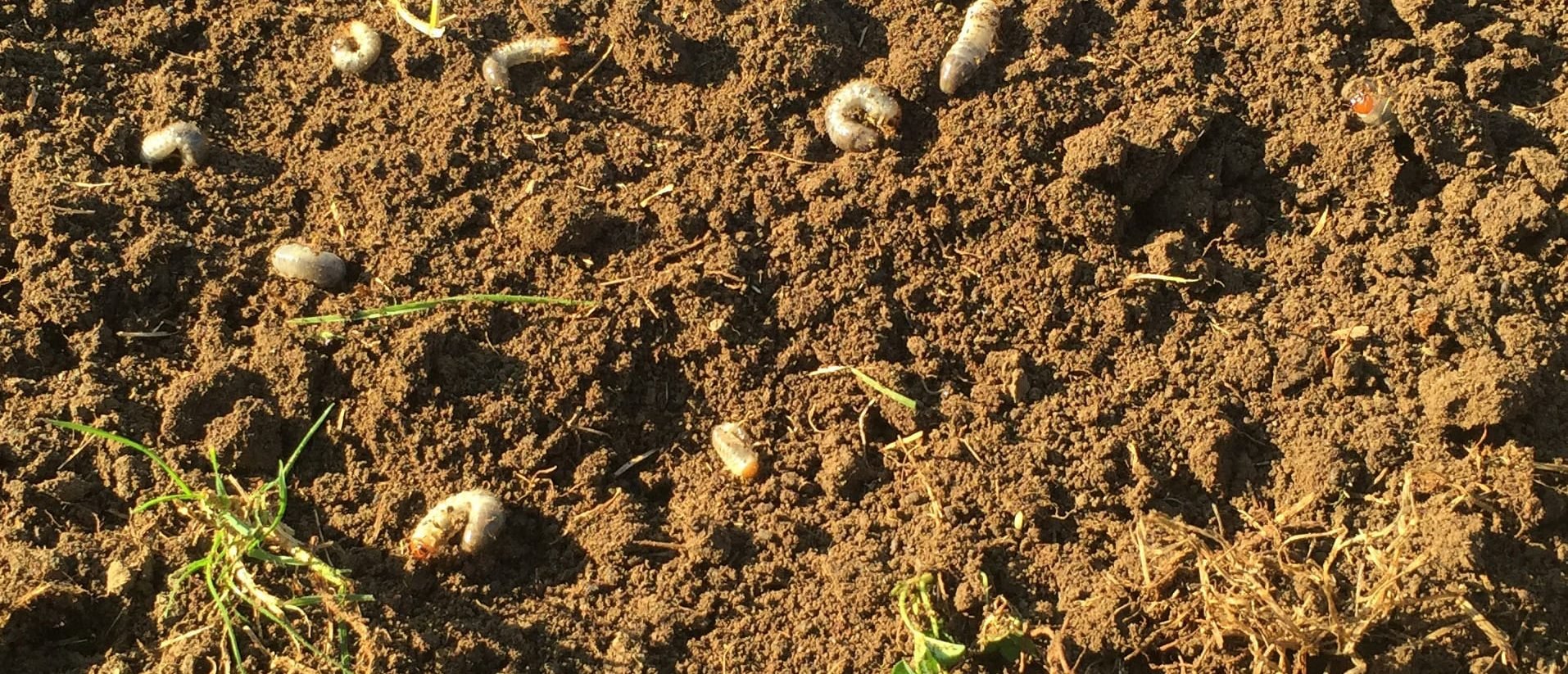Invasive flying and wood-boring insects can pose a significant threat to customers’ trees and ornamentals. Three of the most problematic ones are the Asian long-horned beetle, spongy moth, and spotted lanternfly. Before we discuss these insects, the damage they cause, and different ways to control them, let’s define an invasive insect.
What Makes an Insect Invasive?
Invasive insects are non-native species that establish and reproduce in new environments. These insects often lack natural predators, allowing their populations to grow unchecked, leading to extensive damage to the plants and trees they are attracted to.
Asian Long-Horned Beetle
The Asian long-horned beetle (ALB), native to Asia, is a wood-boring beetle that first appeared in the United States in the mid-to-late 1990s. ALBs primarily target hardwood trees, including maples, birches, elms, and willows, boring into the wood to lay eggs. The larvae tunnel through the tree, disrupting the flow of nutrients and water, which can eventually lead to tree damage and even death.

Identifying and Controlling ALBs
Identifying an ALB infestation involves looking for signs such as round exit holes in the bark, sawdust-like frass at the base of trees, and dead or dying branches. For effective control, a product containing emamectin benzoate, like SymTREE-EB, is a good choice. This insecticide is particularly effective against wood-boring beetles (both in adult and larval form) and is best applied using trunk injection systems.
Spongy Moth
The spongy moth, especially prevalent in the Midwest, is a destructive pest introduced to the US in the late 1860s by an entomologist who hoped to use them to breed with silkworms. This clearly was unsuccessful, and now spongy moth larvae feed on the leaves of over 300 tree and shrub species across the nation, causing severe defoliation and weakening of trees.

Identifying and Controlling Spongy Moths on Trees
Spongy moths will lay egg masses on tree trunks and other surfaces, which hatch into caterpillars in the spring. These caterpillars are easily identifiable by their hairy bodies and distinctive blue and red spots. An infestation can be identified via the two to three inch long egg masses they lay outdoors, including on trees. On first glance, these tan-colored egg masses may appear like fungi due to their appearance. Products containing the active ingredient dinotefuran (a neonicitinoid), including Safari, can provide effective control over spongy moths. Safari is water soluble, enabling it to move quickly through the tree. If a trunk injection is not feasible, dinotefuran can be used as a bark treatment. Ornamental applicators can simply spray it directly onto the trunk and the product will be absorbed through the bark.
Spotted Lanternfly
The spotted lanternfly, an invasive planthopper, was first detected in the United States in 2014 and has spread across the country for the past decade. This relatively new invasive insect poses a threat to a wide variety of plants, including fruit trees, grapevines, and hardwoods. The spotted lanternfly feeds on the sap of the trees and plants it targets, weakening them and making them more susceptible to disease and environmental stress.

Identifying and Controlling Spotted Lanternflies
Adult insects have distinctive black and white spotted wings and bright red hindwings, while nymphs are black with white spots (first three instars) and become red in areas in their fourth and final instar. Signs of an infestation on plants themselves include honeydew, sooty mold, and egg masses they leave on tree trunks and nearly any other flat surface. These egg masses are laid in the fall and hatch in the spring. They are laid in columns, as seen below, making them easy to spot.

Control methods vary throughout their lifecycle. You can scrape off or crush egg masses quite easily. Once they hatch, nymphs can be crushed or controlled with a contact insecticide that contains bifenthrin. A dinotefuran-based product like Safari will work well against spotted lanternflies. It’s a versatile, systemic product and can be applied as a trunk injection, trunk spray, or soil drench to eliminate all stages of the spotted lanterflies on the trees that have been treated.
Timing Applications and Choosing Products
Chemical treatments are crucial for managing invasive insect populations. Dinotefuran-based insecticides are often used in the spring to get out ahead of these insects. Pyrethroids offer quick knockdown and residual control and are commonly used in the summer as curative treatments. In addition to chemical treatments, cultural practices, including proper watering, fertilization, and pruning, can help reduce the risk of an infestation.
Reporting Invasive Species and Using Chemical Products Responsibly
Report invasive species activity to your state’s department of natural resources. You may also contact your local extension agency and/or land grant college/university for more information and assistance. When making chemical treatments, be sure not to spray any flowering perennials, ornamentals, and trees. This will help protect pollinating insects like bees, which are beneficial to our environment.
Protecting your customers’ trees and ornamentals from invasive insects requires a proactive approach and the right products. Reach out to your ATS rep for more information on combating invasive insects. If you’re not sure who your rep is or if you’re new to ATS, you can use our rep finder tool and get in contact.












